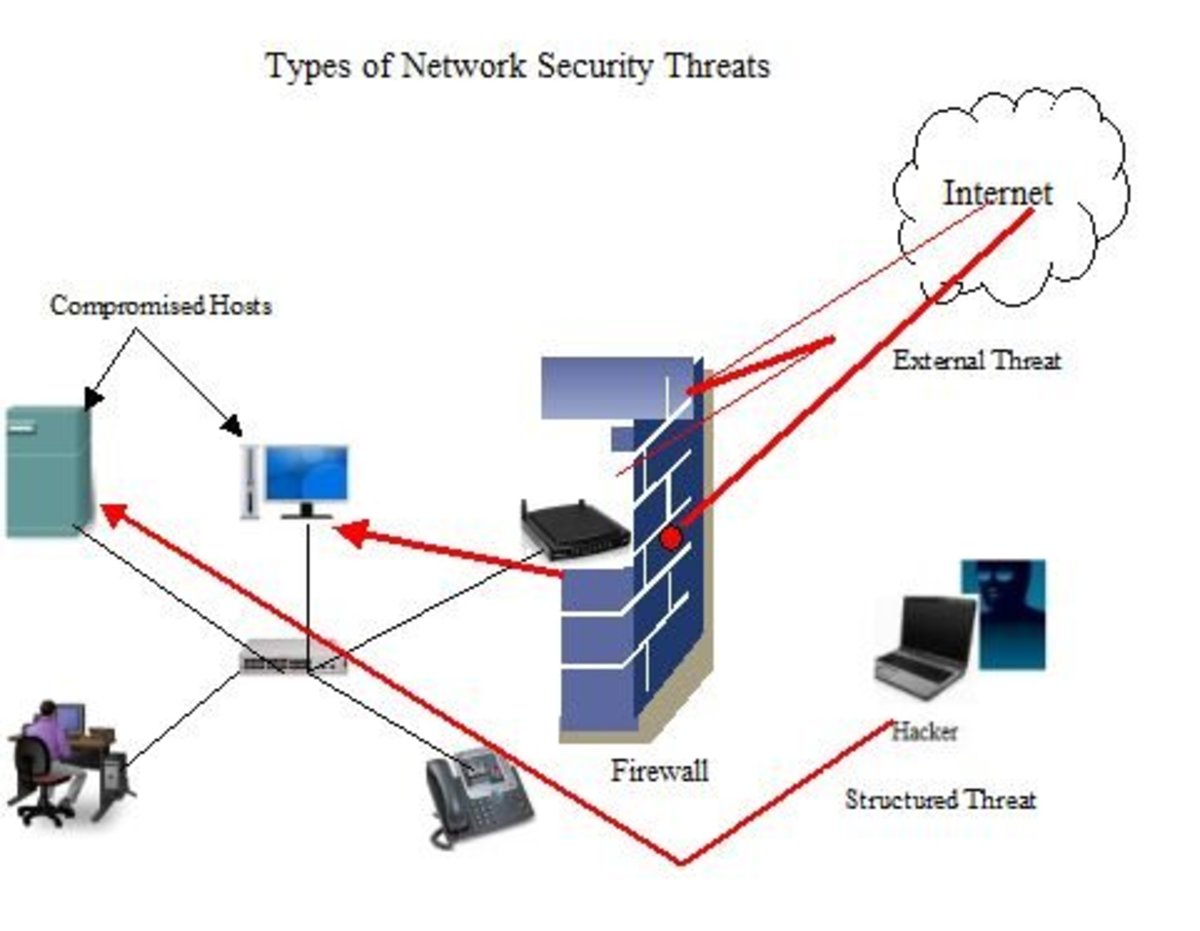A Holistic Approach for Managing Emotional and Physical Pain

Introduction
Sooner or later, we all have to deal with pain in our lives. From a biological perspective, pain is useful. It warns us that something is dangerous to our well-being. Pain, whether physical or emotional, is our signal that something has gone wrong and tells us to take a step back, observe, and make changes. But what happens when we are not able to make changes? What happens when we’ve received the message but the signal keeps coming? Then pain becomes a problem in its own right, and we have to cope with it.
I’ve found a few basic responses that work to manage pain. I can respond by directly addressing the source of the pain. I can respond by distracting myself from the pain. I can respond by attempting to medicate the pain itself in some way. I don’t think any category of response is better or worse than any other category. The trick is figuring out which response will be most appropriate and effective in a particular situation.
Address the Source
There are times that directly addressing the source of the pain is the best and simplest answer. It’s like the old joke: A man walks into a doctor’s office. He says, “Doc, it hurts when I do this.” The doctor says: “Stop doing that!” Everyone laughs because of course it is so obvious. There are a lot of practical situations in every day life where this is a great approach to take. If you are getting sunburned, get out of the sun. If you have a splinter remove it to stop the pain and allow your finger to heal. This even works in some types of emotional pain. We all have people in our lives we have just learned to stay away from or at least limit contact with. These are relationships that hurt us and the wisest thing we can do is to keep the source of pain out of our lives.
But this isn’t a solution that works in all circumstances. If you are in pain from a broken ankle, you are going to have to wait for that bone to heal. Removing your leg is not a good option. Emotionally, if you remove every relationship that causes you pain, you will not have any relationships at all. Sometimes you have to work through some emotional pain to arrive at a place of greater emotional health. This is often a component of psychotherapy. At times enduring pain is necessary to achieve our goals. Marathon runners will push through exhaustion and pain in order to complete their races. Anyone who has achieved anything significant in life will be able to tell you stories of times they pushed through pain and exhaustion in order to accomplish something. So there need to be other solutions to pain.

Distract Yourself from Pain
Distracting yourself from pain is another tool you can use to manage pain. Distraction is a matter of attention; if you can shift your attention away from the pain then the pain itself will seem to lessen. This is often a good way to manage pain that you incur in the service of a goal. When I was in residency and suffering pain (physical and emotional) related to the hard work I would try to focus on my goal of becoming a good doctor instead of the pain of the moment, and it helped. You can distract yourself in a number of different ways. Some common ones are focusing on goals, focusing on helping someone else, focusing on something fun, or focusing on a task.
Distraction can be a hard technique to master, since our nervous systems are wired to give pain a high priority. One tool that can be helpful in learning to manage your attention and focus is meditation. I’m not very good at meditating, myself, but I keep trying because it is a discipline that offers many benefits. Among them is developing skill at directing the mind’s attention in a steady way, which sounds easy until you actually try to do it. One basic meditation practice is to pay attention to your breath and to release all your other thoughts. I find this very challenging, but like any skill with repeated practice your ability improves.
Just like addressing the source, distracting yourself from pain isn't always the right answer. In fact too much distraction can prevent you from addressing the problem at hand and finding a longer term solution to the problem. Distraction is best used for pain that you have chosen to tolerate in service of another goal, or for pain that isn't able to be addressed or treated using other techniques.
Treat the Pain
Treating the pain itself is a third way to manage pain. Sometimes this is pretty simple. If you go to a doctor reporting physical pain the doctor will typically suggest medication to address your pain. There are many medications available to address different types of pain, not just opiate narcotics, and they work fairly well for many people. Unfortunately, medication doesn’t work well for everyone. Even if it does work well initially, the human body is designed to adapt to medications and so most people will develop at least some tolerance if they have to use medication for a long time. Medication also has side effects, some of which can be as challenging as the initial pain the medication was supposed to treat.
Besides medication, there are a number of ways to treat physical pain. Acupuncture is a very old, very safe, very well studied form of complementary medicine that has multiple research studies reporting its efficacy in treating pain. Osteopathic manipulation is equally effective, safe and well researched. For both of these treatments you need to find a credentialed specialist who practices these disciplines. There are also basic, self care things that you can do to address physical pain – heat, ice, rest, massage, muscle relaxation, stretching and exercise can address a number of physical pain problems. Physical therapy is an often disregarded mode of treatment that can both address pain and prevent future pain. A good physical therapist will teach you about your body’s mechanics and how you can take better care of yourself. Exercise programs that focus on holistic well being such as tai chi and yoga have also been studied and found effective in decreasing and managing physical pain.
How about treatment for emotional pain? For severe emotional pain I recommend working with a good mental health professional, because you may need both psychotherapy and medication to relieve your symptoms. In mental health medication and psychotherapy often work in complementary ways – medication may provide acute symptom relief that then allows you to fully participate in psychotherapy, which is a learning and skill building process that will help you decrease emotional pain over the long term. If your emotional pain doesn’t rise to the level that requires professional attention (you are still functioning in your daily life, you have positive relationships with other people, you are able to take pleasure in several aspects of your life, you are not suffering severely, you have NO suicidal thinking) good self care can often alleviate emotional pain. Talking through problems with a trusted friend and receiving affirmation, caring and sometimes advice can often help significantly. I also advise doing something kind for yourself, something you enjoy that is reasonably good for you, to improve your emotional well-being and remind yourself that you are worth taking care of. Finally, if you are experiencing emotional pain, try to stay on a healthy even keel. Avoid behaviors that could become self-destructive like increasing alcohol use, and try not to make big decisions during moments of emotional pain.
Pain is one of the basic facts of life. Whether the pain is mild or severe, short term or chronic, everyone is going to face times of hurt. However by acknowledging the pain and thinking constructively about how to manage it you can decrease the amount of suffering you experience because of the pain.








